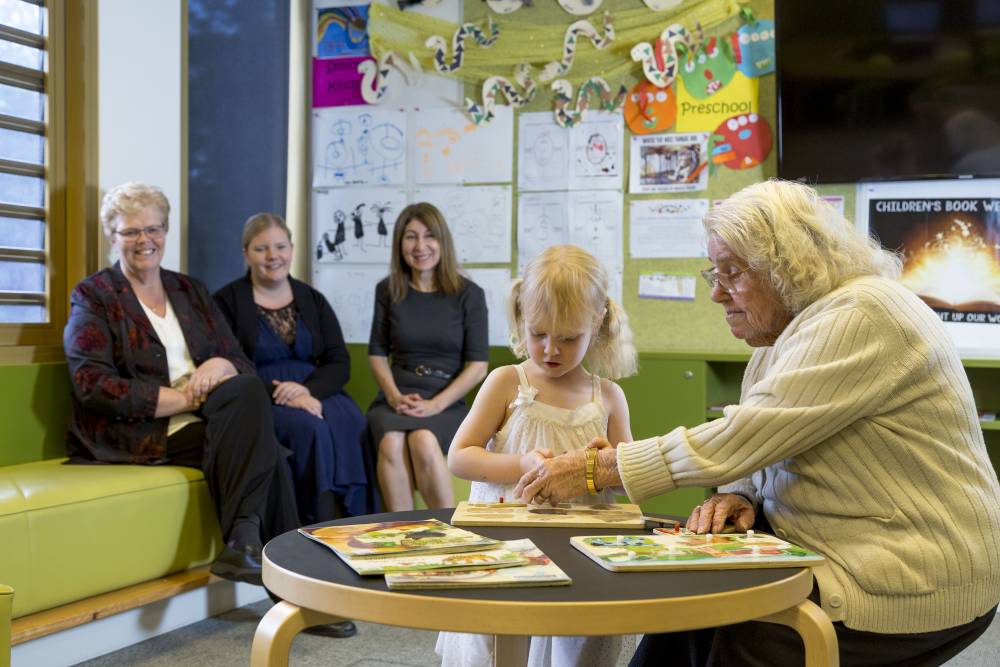
Child care and aged care have a lot in common – both services are entrusted with vulnerable groups of people.
Australia’s oldest and youngest groups are cared for by these services. In their own way, they support these groups, often because their families need the extra help.
So it’s crucial that the care offered by these services are adequate and trustworthy.
But what happens when they are not meeting the necessary standards? When they may be offering more harm than good?
Not only is there a set of standards the care a childcare service are to offer, there are also rules and protocols in place for how they are managed.
According to the Child Care Enforcement Action Register, 38 different centres around Australia were found to have breached regulations between July and September last year.
The breaches include, enrolling too many students, lying about the number of children they had and even providing false documents in order to boost attendance records.
The Government have carried out about 3,800 compliance checks in the 2016-17 financial year.
Centres that have been found the have any breaches will be placed on the Child Care Enforcement Action Register – a list of services that have been the subject of a sanction and/or immediate suspension.
The list is expected to be updated every three months.
“This register should serve as a warning to providers that if you’re non-compliant and do the wrong thing you will be hung out to dry,” says Education Minister Simon Birmingham.
“Whilst the overwhelming majority of providers are legitimate and provide high-quality care, those who go down the wrong path should be held to account for their actions.
“Parents should be able to access the information necessary to make informed choices when deciding on a childcare service and have confidence that they are entrusting the care of their children to a compliant and reputable provider.”
There is currently no such registration for aged care facilities that do not meet accreditation or have complaints against them.
However, seeing how the childcare sector have adopted such a protocol, there should be some consideration for aged care to follow suit.
September last year, a damning report has revealed almost 600 facilities across the country did not meet industry regulations in the past five years.
And for the very first time, the audit summary was released that has named and shamed these homes.
But should there be a registry that is routinely updated every few months? There is no doubt benefits for the public if this done.
Rae Lamb, the Aged Care Complaints Commissioner last year suggested that aged care providers should be required to provide information about disputes and complaints.
Essentially naming and shaming themselves. And that they should detail the number and types of complaints they receive, as well as how they were resolved.
No one wants to send their loved ones into a place that isn’t sufficiently caring for their residents.
And if it’s publicly known that there is poor quality of care, then no family would fall into that trap.
What do you have to say? Comment, share and like below.